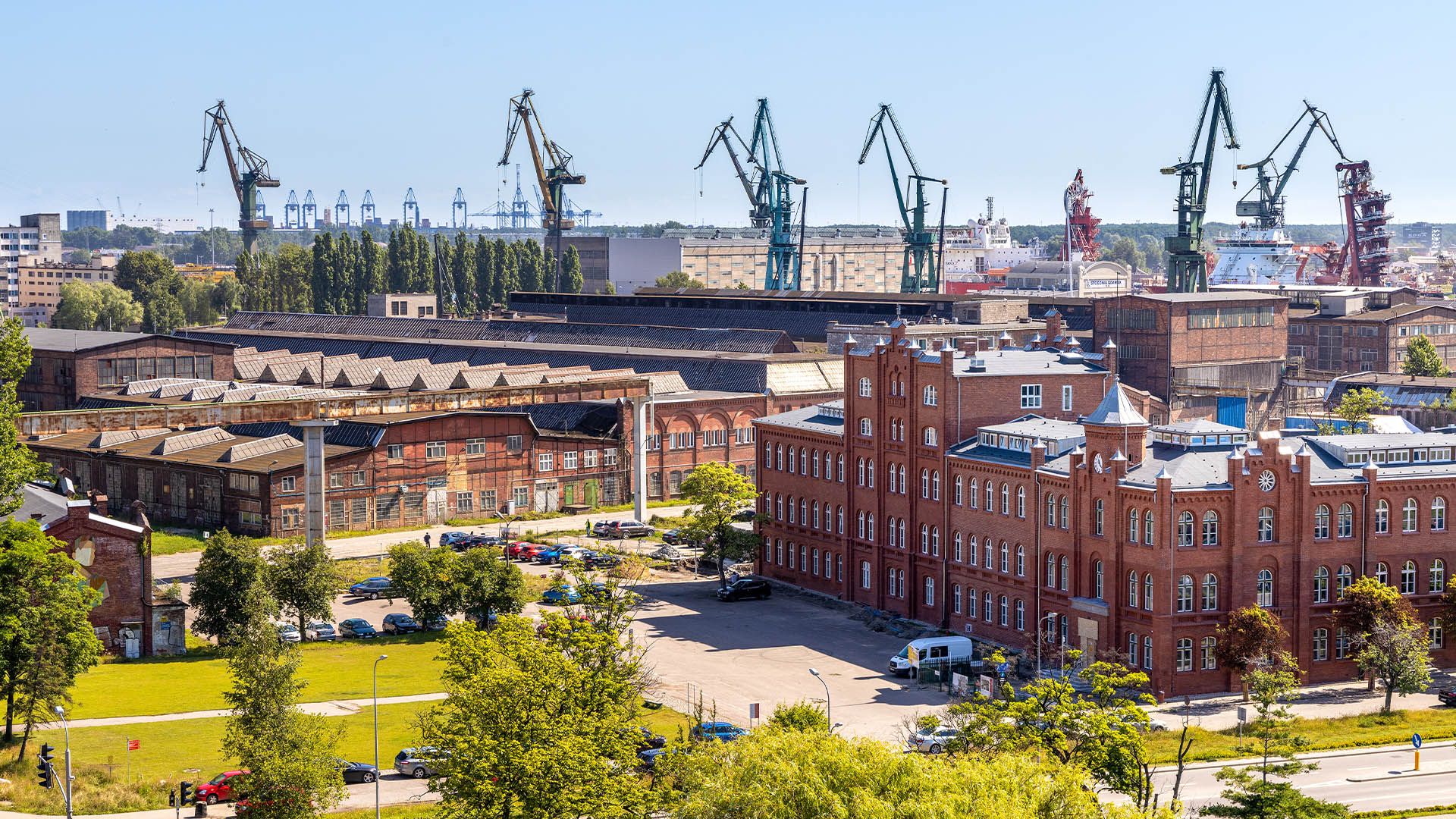 Credit: Adobe Stock
Credit: Adobe StockCaution to Confidence: Did CEE’s Real Estate markets find balance in H1 2025?
Colliers report reveals how Central and Eastern European investor sentiment shifted and capital flows reshaped the region
October 8, 2025Real Estate
Written by:Rory Hickman
Central and Eastern Europe (CEE) continues to defy global economic headwinds, showing resilience and adaptability in the face of rising trade tensions and slowing growth in key markets.
In The CEE Investment Scene: H1 2025, Colliers explores how the region is navigating this complex landscape, combining macroeconomic insight with sector-specific data to reveal where opportunity still thrives.
The report analyses performance across the CEE-6 - Bulgaria, Czechia, Hungary, Poland, Romania, and Slovakia - examining how fiscal consolidation, trade volatility, and shifting investor sentiment are shaping capital flows and asset performance.
CEE’s Resilience
Despite global headwinds, the region remains one of Europe’s fastest-growing, with 2.4% GDP growth forecast for 2025 and strong domestic fundamentals driving performance.
Germany’s Impact
As Europe’s industrial engine adjusts to slower growth, the ripple effects on the CEE economies are explored, highlighting both challenges and opportunities for regional supply chains.
Investment Momentum
Commercial real estate volumes surged 52% year-on-year in H1 2025, with Czechia and Poland leading the charge, and cross-border investors from the US and China significantly increasing their presence.

Sector Spotlight
The Industrial & Logistics (I&L) sector reclaimed its top spot, attracting EUR 1.7 billion in investment. Meanwhile, the office segment showed renewed activity, and residential assets emerged as a strategic new focus, up 791% from pre-pandemic levels.
New Capital Sources
Capital from within the CEE-6 now accounts for over half of total volumes, while non-EU investors are rapidly expanding their footprint, signalling global confidence in the region’s long-term potential.
Amid trade frictions and fiscal tightening, the CEE region is proving its strength through strategic adaptation and investor confidence. With growing nearshoring trends, competitive labour markets, and a solid ESG-driven agenda, the outlook for 2025 is one of cautious optimism balanced by opportunity.
Discover where growth, resilience, and transformation are reshaping real estate investment across the CEE region.
Access the full Colliers analysis now.
In The CEE Investment Scene: H1 2025, Colliers explores how the region is navigating this complex landscape, combining macroeconomic insight with sector-specific data to reveal where opportunity still thrives.
The report analyses performance across the CEE-6 - Bulgaria, Czechia, Hungary, Poland, Romania, and Slovakia - examining how fiscal consolidation, trade volatility, and shifting investor sentiment are shaping capital flows and asset performance.
What’s inside the report?
CEE’s Resilience
Despite global headwinds, the region remains one of Europe’s fastest-growing, with 2.4% GDP growth forecast for 2025 and strong domestic fundamentals driving performance.
Germany’s Impact
As Europe’s industrial engine adjusts to slower growth, the ripple effects on the CEE economies are explored, highlighting both challenges and opportunities for regional supply chains.
Investment Momentum
Commercial real estate volumes surged 52% year-on-year in H1 2025, with Czechia and Poland leading the charge, and cross-border investors from the US and China significantly increasing their presence.

Colliers’ report reveals that the industrial and logistics sector once again leads investment activity across the CEE region. (Adobe Stock)
Sector Spotlight
The Industrial & Logistics (I&L) sector reclaimed its top spot, attracting EUR 1.7 billion in investment. Meanwhile, the office segment showed renewed activity, and residential assets emerged as a strategic new focus, up 791% from pre-pandemic levels.
New Capital Sources
Capital from within the CEE-6 now accounts for over half of total volumes, while non-EU investors are rapidly expanding their footprint, signalling global confidence in the region’s long-term potential.
Amid trade frictions and fiscal tightening, the CEE region is proving its strength through strategic adaptation and investor confidence. With growing nearshoring trends, competitive labour markets, and a solid ESG-driven agenda, the outlook for 2025 is one of cautious optimism balanced by opportunity.
Discover where growth, resilience, and transformation are reshaping real estate investment across the CEE region.
Access the full Colliers analysis now.